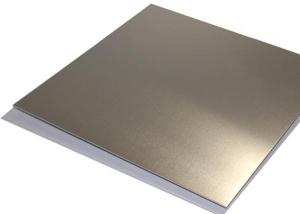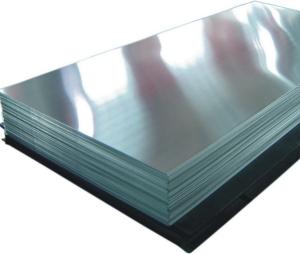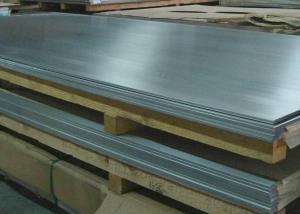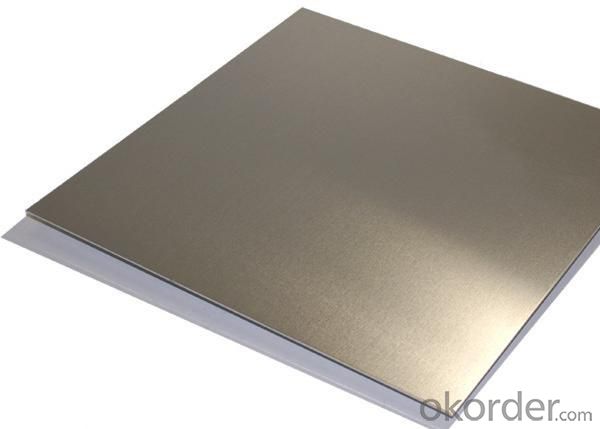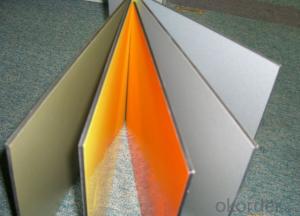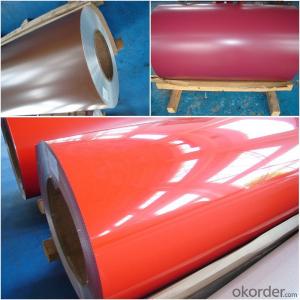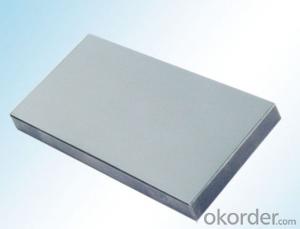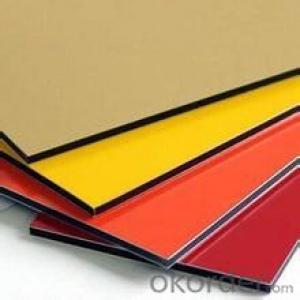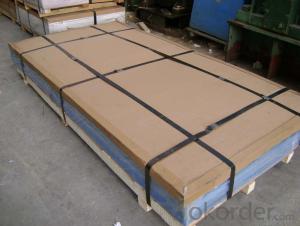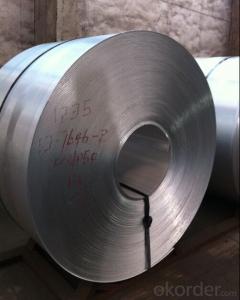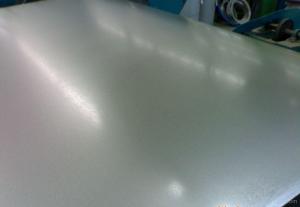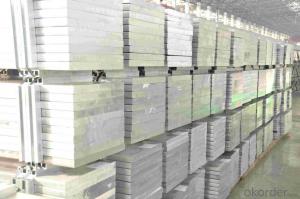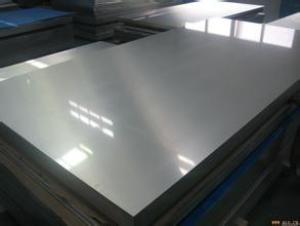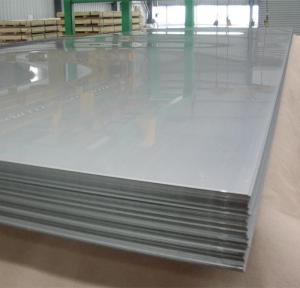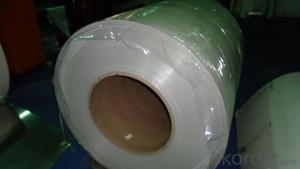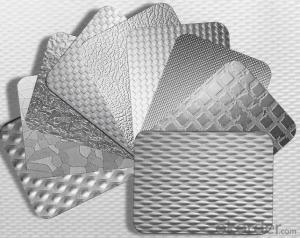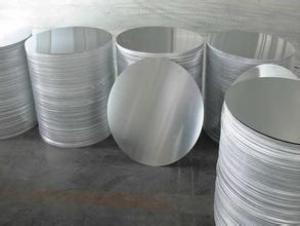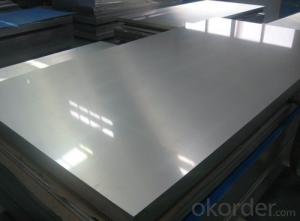Aluminum Laminate Sheets - Aluminum Plates
- Loading Port:
- China Main Port
- Payment Terms:
- TT or LC
- Min Order Qty:
- 5 Tons m.t.
- Supply Capability:
- 10000 Tons Per Month m.t./month
OKorder Service Pledge
OKorder Financial Service
You Might Also Like
1 Specifications of Aluminum Plates
|
Alloy Number |
AA1050 , AA1060 ,AA1070 ,AA1100 etc. |
|
Temper |
H12, H14, H16, H18, H22, H24, H26, H32, HO, F |
|
Thickness |
0.1mm – 500mm |
|
Width |
10mm- 2200mm |
|
Standard |
GB/T3880-2006, ASTM, ISO, EU standard |
Special Specification is available on customer’s requirement
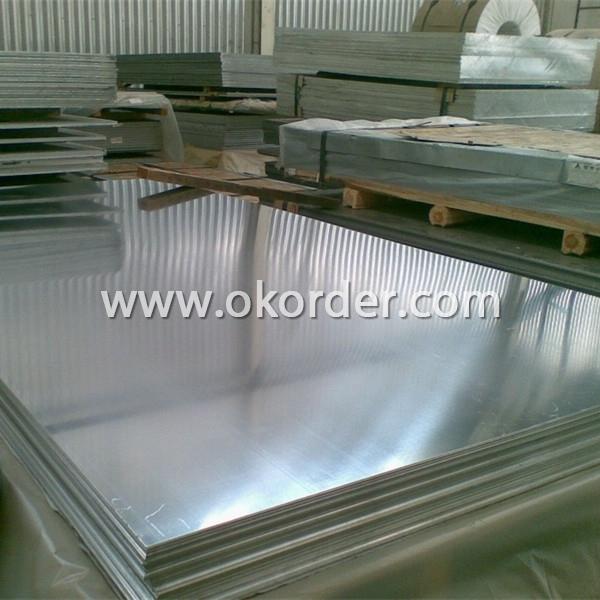
2 Usage/Applications of Aluminum Plates
Aluminum Plates is between 0.1 mm and 500mm in thickness and has a wide variety of uses in the construction industry including aluminium siding and roofing. Sheet is also used widely in construction, decoration, transport applications and other various industrial filed, such as automobile body panels, airframes, curtain walls and the hulls of boats etc.
CNBM produces aluminum plates which meets the highest standards in its own mill while save the cost. Our strong quality control term bring you the most-qualified products. And with state-of-the-art equipment, and the state owned company background, we have to say, you will understand why there are so many company choose CNBM to be their supplier. CNBM aluminum complying with YS/T 429-2000(Chinese Industry Standard),GB/T 3880,EN485,ASTM B209.
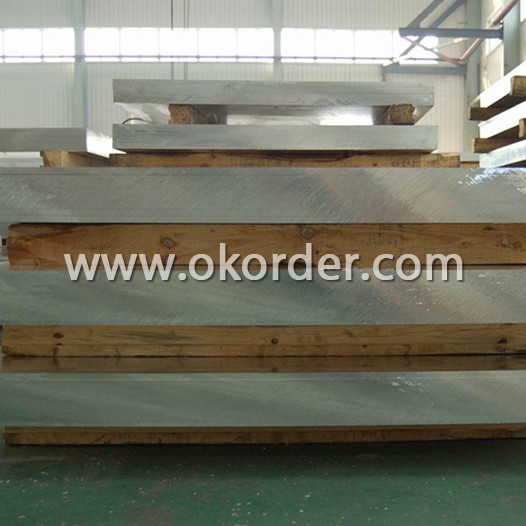
3 Packaging & Delivery of Aluminum Plates
Packaging:Seaworthy package, bubble plastic bag inside, anti-moisture paper wrapped outside, covered with cartons, on wooden pallets, in containers. Pallet weight: Max. 2.30 tons.
Shipment:the goods will be delivered in 40 days after getting the buyer's payment.
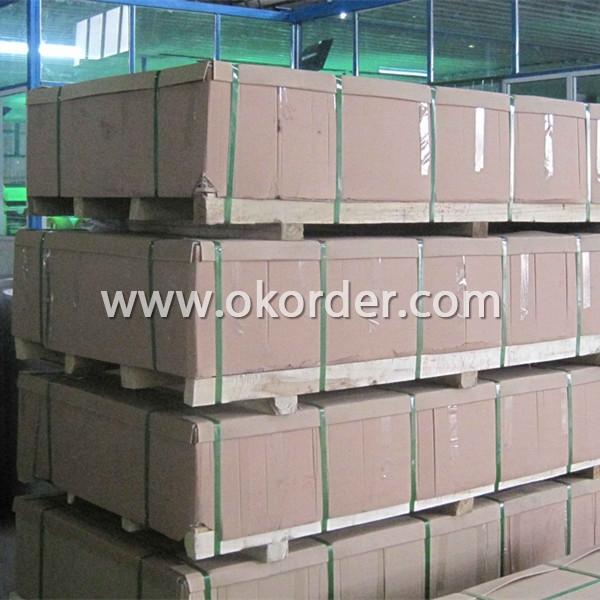
4 Production Flow of Aluminum Plates
Rolling--Annealing--Slitting--Sawing, Cut-To-Length, Shearing
- Q: How do you prevent scratches during transportation of aluminum sheets?
- To prevent scratches during transportation of aluminum sheets, it is important to use protective measures such as wrapping the sheets in a cushioning material like foam or bubble wrap. Additionally, using appropriate packaging techniques such as stacking the sheets securely and avoiding any direct contact with sharp or abrasive objects can help minimize the risk of scratches.
- Q: This question asks about the impact of using aluminum sheets on the aesthetic appeal of a building.
- <p>Aluminum sheets can significantly enhance the appearance of a building due to their versatility, durability, and modern aesthetic. They offer a sleek, clean look and can be easily shaped into various designs, adding a contemporary feel. The material's resistance to corrosion and weathering ensures that the building maintains its appearance over time. Additionally, aluminum sheets can be coated with various colors and finishes, allowing for customization and the ability to blend with or stand out from the surrounding architecture.</p>
- Q: What are the advantages of using aluminum sheets in the packaging industry?
- Aluminum sheets have numerous benefits in the packaging industry. To begin with, their lightweight composition makes them ideal for packaging purposes. Unlike steel or glass, aluminum is much lighter, making it easier to handle and transport. This weight advantage also reduces shipping costs, as less fuel is needed for transportation. In addition, aluminum sheets provide excellent barrier properties. They effectively block out oxygen, moisture, and light, all of which can compromise the quality and freshness of packaged goods. This barrier extends the shelf life of products, ensuring they reach consumers in optimal condition. Moreover, aluminum sheets are highly durable and resistant to corrosion. This durability guarantees that packaged items remain protected, even in challenging environmental conditions. They are also resistant to temperature fluctuations, maintaining the integrity of the packaging material without warping or deforming. Furthermore, aluminum is a highly recyclable material. Its use in the packaging industry promotes sustainability and reduces the carbon footprint. Aluminum packaging is easily recyclable and reusable, minimizing the need for new materials and reducing waste. Additionally, aluminum sheets offer versatility in terms of design and customization. They can be easily molded and shaped into various packaging formats, including cans, trays, foils, and pouches. This flexibility enables packaging manufacturers to create innovative and visually appealing solutions that cater to the unique needs and preferences of different industries and consumers. Overall, the advantages of using aluminum sheets in the packaging industry encompass their lightweight nature, excellent barrier properties, durability, recyclability, and versatility. These benefits establish aluminum sheets as the preferred choice for packaging manufacturers, ensuring the protection, preservation, and attractiveness of packaged products.
- Q: Are aluminum sheets suitable for elevator interiors?
- Yes, aluminum sheets are suitable for elevator interiors. Aluminum is a durable and lightweight material that is resistant to corrosion, making it ideal for use in elevator interiors. It can be easily customized and offers a sleek and modern aesthetic. Additionally, aluminum is easy to clean and maintain, making it a practical choice for elevator interiors.
- Q: why can aluminum sheet after oxide film removal react quicker with hydrochloric acid?
- the reason is very simple, the original aluminum sheet has a layer of dense oxide film AI2O3, which has prevented the inner aluminum sheet from reacting with hydrochloric acid. but after oxide film removal, aluminum sheet will directly contact hydrochloric acid, generating H2.
- Q: Are the aluminum sheets suitable for manufacturing automotive body panels?
- Yes, aluminum sheets are suitable for manufacturing automotive body panels.
- Q: Can aluminum sheet be used for automotive body-in-white applications?
- Yes, aluminum sheet can be used for automotive body-in-white applications. Aluminum is lightweight, yet strong and durable, making it an ideal material for automotive applications. It offers a high strength-to-weight ratio, which helps improve fuel efficiency and overall vehicle performance. Additionally, aluminum's corrosion resistance properties make it suitable for withstanding harsh environmental conditions. Its formability allows for complex and intricate designs, enabling manufacturers to create lightweight yet rigid automotive structures. The use of aluminum in automotive body-in-white applications has become increasingly popular in recent years, as it helps reduce vehicle weight and emissions while maximizing safety and performance.
- Q: What are the different methods for finishing the edges of aluminum sheets?
- Depending on the desired outcome and application, there are several approaches to finishing the edges of aluminum sheets. One commonly used method is edge trimming, where excess material is removed from the sheet's edges to achieve a smooth and straight edge. This can be accomplished using various tools like shears, saws, or routers. Another technique is edge deburring, which is employed to eliminate any sharp or rough edges left after cutting. Sanding or grinding tools are often utilized to smooth out the edges and produce a more polished finish. Moreover, edge rolling is a method that can be employed to create rolled or rounded edges on aluminum sheets. This is achieved by using a rolling machine that applies pressure to the edges, bending them into the desired shape. For a more decorative finish, edge profiling can be employed. This involves using specialized tools or machines to craft custom edge shapes or designs on the aluminum sheet. It allows for unique and aesthetically pleasing edges that enhance the overall appearance of the sheet. Lastly, edge painting or coating is an option worth considering. This process entails applying a protective or decorative paint or coating to the edges of the aluminum sheet. This not only provides a finished look but also helps protect the edges from corrosion or other damage. Ultimately, the choice of method for finishing the edges of aluminum sheets depends on factors such as the intended use, desired appearance, and specific project requirements.
- Q: This question asks for a list of various types of aluminum profiles that are typically used in conjunction with aluminum sheets.
- <p>Aluminum profiles are extruded shapes commonly used with aluminum sheets for various applications. The different types include: 1. Angle profiles, which are used for corners and edges. 2. Channel profiles, suitable for creating channels or frames. 3. T-slot profiles, ideal for modular systems requiring adjustable components. 4. U-channel profiles, used for covering edges and creating frames. 5. H-profiles, often used in structural applications. 6. Flat bar profiles, used for simple straight edges. 7. Round and square tube profiles, used for structural support and design elements. 8. Special profiles, which are custom-made for specific applications. These profiles are chosen based on the structural needs and design requirements of the project.</p>
- Q: Are aluminum sheets suitable for solar panel applications?
- Yes, aluminum sheets are suitable for solar panel applications. Aluminum is lightweight, durable, and has excellent thermal conductivity, making it an ideal material for solar panel frames and backsheets. It is also corrosion-resistant, cost-effective, and widely available, making it a popular choice in the solar industry.
1. Manufacturer Overview
| Location | Henan,China |
| Year Established | 2002 |
| Annual Output Value | Above US$200 Million |
| Main Markets | Mid East;Eastern Europe;North America |
| Company Certifications | ISO 9001:2000;ISO 14001:2004;OHSAS 18001 |
2. Manufacturer Certificates
| a) Certification Name | |
| Range | |
| Reference | |
| Validity Period |
3. Manufacturer Capability
| a) Trade Capacity | |
| Nearest Port | Shanghai |
| Export Percentage | 30%-50% |
| No.of Employees in Trade Department | 21-50 People |
| Language Spoken: | English;Chinese |
| b) Factory Information | |
| Factory Size: | Above 100,000 square meters |
| No. of Production Lines | Above 10 |
| Contract Manufacturing | OEM Service Offered;Design Service Offered |
| Product Price Range | Average |
Send your message to us
Aluminum Laminate Sheets - Aluminum Plates
- Loading Port:
- China Main Port
- Payment Terms:
- TT or LC
- Min Order Qty:
- 5 Tons m.t.
- Supply Capability:
- 10000 Tons Per Month m.t./month
OKorder Service Pledge
OKorder Financial Service
Similar products
Hot products
Hot Searches
Related keywords
